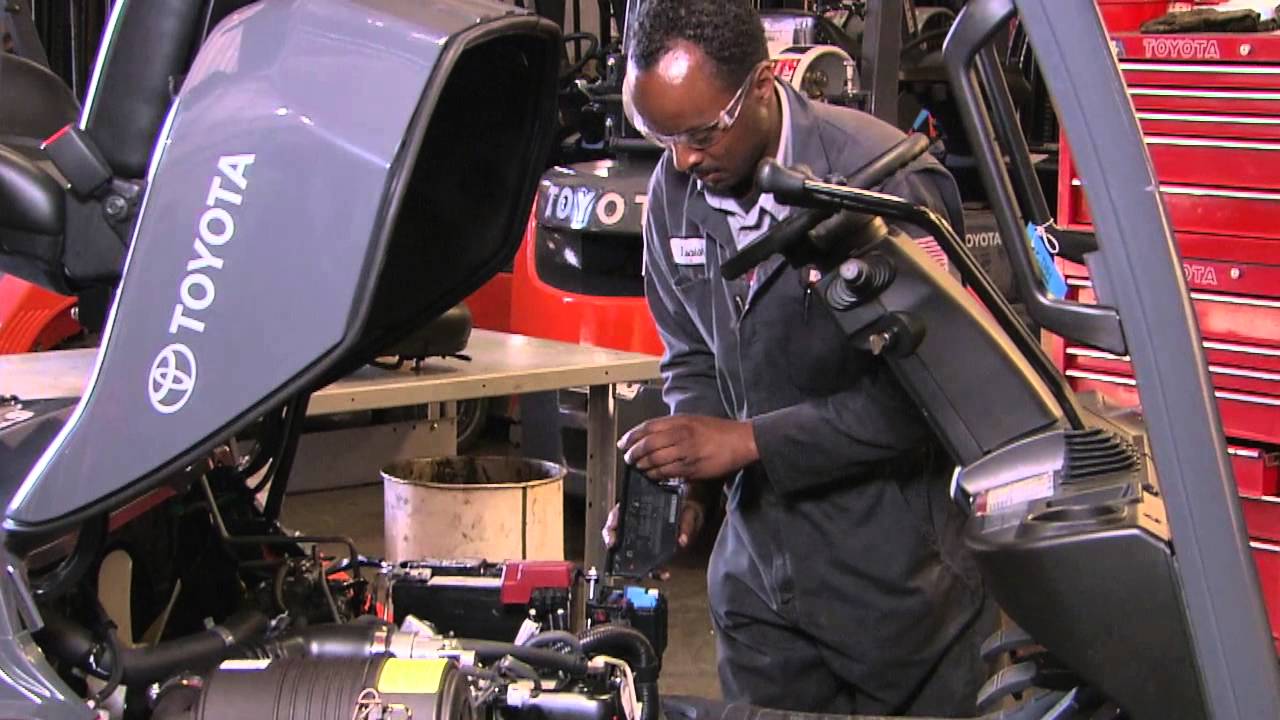Forklifts, like any piece of machinery, require proper care and maintenance. A well-structured forklift maintenance schedule is the cornerstone of keeping these powerful machines running smoothly and preventing unexpected breakdowns that can disrupt workflow and result in costly repairs. This comprehensive guide will walk you through ten essential steps to create an effective forklift maintenance schedule.
Why you need a forklift maintenance schedule
Before we get into the steps, let’s look at five reasons why a maintenance schedule is essential.
- Safety First: Regular maintenance ensures that critical safety components like brakes, steering, and tires are in top condition, reducing the likelihood of accidents and potential injuries to operators and bystanders.
- Compliance with Regulations: Regular inspections and servicing ensure your forklift fleet meets OSHA standards for vehicle maintenance, avoiding penalties and legal liabilities.
- Prolonged Lifespan: Regular forklift maintenance can extend their longevity significantly.
- Improved Resale Value: Prospective buyers are likelier to trust and invest in equipment with a documented maintenance history.
- Preventive Diagnostics: Regular maintenance enables you to address problems before they escalate.
Steps to create a forklift maintenance schedule
Below are ten steps to create an effective forklift maintenance schedule. By following these practices, you can not only enhance the lifespan of your forklift but also create a safer work environment for your operators and staff.
Step 1: Understand Manufacturer Recommendations
Review manufacturer’s guidelines and recommendations for maintenance intervals and procedures for each forklift model in your fleet. These guidelines are essential in tailoring your maintenance schedule to meet specific requirements and avoid voiding warranties.
Step 2: Conduct a Comprehensive Inspection
Perform a thorough inspection of each forklift to assess its current condition. Identify any existing issues and document them. This inspection will be a baseline for your maintenance schedule and help you prioritize necessary repairs.
Step 3: Determine Maintenance Frequency
Based on manufacturer’s recommendations and forklift usage, establish the frequency of maintenance tasks. Some components may require daily, weekly, monthly, or annual inspections and servicing. Consider factors such as the number of operating hours, the intensity of usage, and environmental conditions.
Step 4: Create a Maintenance Checklist
Develop a detailed maintenance checklist that encompasses all the necessary tasks for each maintenance interval. Include fluid checks, filter replacements, brake inspections, tire condition assessments, and battery maintenance.
Step 5: Set Up a Tracking System
Implement a tracking system to record and monitor maintenance activities. A tracking system can be a digital software solution or a simple spreadsheet that documents each service, repair, and any notes or recommendations from the technicians.
Step 6: Assign Responsibilities
Clearly define the responsibilities for each maintenance task and assign them to qualified personnel. Ensure you train your technicians to perform the required maintenance procedures safely and efficiently.
Step 7: Establish a Routine
Create a consistent maintenance routine that aligns with your forklift’s operational schedule. Your maintenance routine might involve scheduling maintenance during downtime or off-peak hours to minimize disruptions to your daily operations.
Step 8: Schedule Periodic Inspections by Professionals
You can perform some maintenance tasks in-house; however, scheduling regular inspections by certified forklift technicians is essential. These professionals can identify potential issues that may not be evident during routine maintenance and provide expert recommendations.
Our team of over 60 certified technicians has an average of 10 years of experience and extensive training in virtually every make and model forklift. Contact us to set up forklift repairs and service in Los Angeles County. Our experts can get your equipment working again in no time. If extensive repairs are needed, we also offer convenient rental services so that you can keep up with your daily demands.
Step 9: Review and Adapt
Regularly review your forklift maintenance schedule and checklist for effectiveness. As your fleet evolves, be prepared to adjust the schedule to accommodate changing requirements.
Step 10: Promote Operator Involvement
Encourage your forklift operators to proactively report any signs of issues or abnormalities during their shifts. Operators engaged in the maintenance process can help identify problems early, improving overall fleet performance.
A well-structured forklift maintenance schedule is essential for ensuring your forklift fleet’s safety, reliability, and longevity. By following these ten steps, you can set up an effective maintenance plan that minimizes downtime, reduces repair costs, and enhances the productivity of your operations.
If you prefer focusing on your business rather than maintaining a forklift fleet, consider signing up for Toyota’s Guaranteed Maintenance Program. Our monthly rate covers planned maintenance, repairs, and breakdowns. Plus, you will receive complimentary monthly reports on your truck’s utilization and cost per hour to help you budget and control costs associated with routine maintenance and misuse/abuse.

